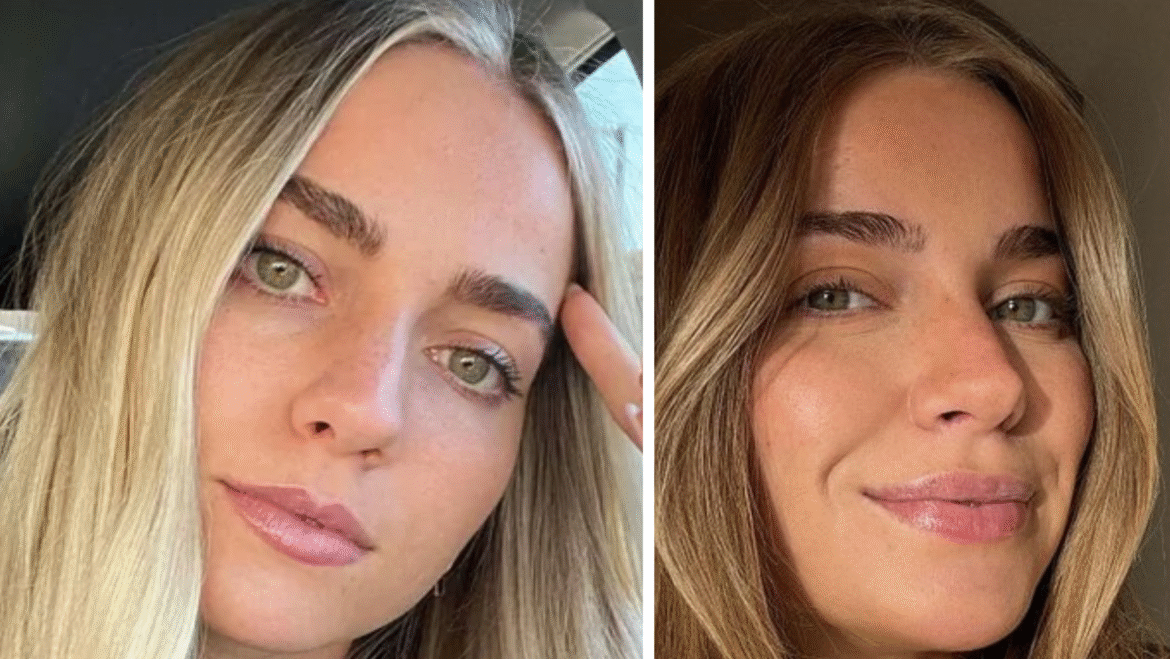Introduction
In the fast-moving digital world of 2025, stories can fade as quickly as they appear. Yet, some remain etched in collective memory, sparking conversations years later. One such story is the drowning of Emilie Kiser Trigg. While details of her case remain limited, the fact that people still search for her name shows how certain tragedies become part of larger cultural narratives. These stories are not just about one individual — they touch on public curiosity, media cycles, celebrity influence, and the broader social issues of safety, grief, and remembrance.
In this article, we’ll explore why the Emilie Kiser Trigg drowning story remains resonant in 2025, how it relates to ongoing cultural and media trends, and what lessons can be drawn from similar cases.
Quick Reference Bios & Facts
| Name / Topic | Quick Bio / Fact |
|---|---|
| Emilie Kiser Trigg | Associated with a drowning case that continues to draw public curiosity in 2025. |
| Naya Rivera | Actress from Glee who tragically drowned in 2020 while boating with her son. |
| Whitney Houston | Iconic singer who died in 2012; drowning in a hotel bathtub was a key factor. |
| Bobbi Kristina Brown | Whitney Houston’s daughter, who also died tragically in 2015 in a bathtub drowning. |
| Jose Fernandez | Miami Marlins pitcher who died in a boating accident in 2016. |
| World Health Organization (WHO) | Reports drowning as one of the top 10 causes of accidental death globally, with ~236,000 deaths annually. |
| Centers for Disease Control (CDC) | Estimates ~4,000 drowning deaths occur each year in the U.S., most preventable. |
| Crime Junkie Podcast | Popular true-crime podcast that revisits cases similar to Trigg’s. |
| Netflix True Crime Series | Streaming documentaries often highlight unsolved or tragic accidents, renewing public interest. |
| Water Safety Campaigns | Global initiatives in 2025 focus on teaching swimming, boating safety, and risk awareness. |
| TikTok & YouTube Trends | Platforms that fuel curiosity about older cases, often making them viral years later. |
| True Crime Boom | Industry worth billions in 2025, with podcasts, docuseries, and creators revisiting past tragedies. |
Why Stories Like Emilie Kiser Trigg’s Still Trend in 2025
The digital age has transformed the way stories are consumed. With platforms like TikTok, YouTube, and podcasts, real-life events are being turned into widely shared narratives, and certain tragedies continue to resurface. Search trends reveal that names associated with mysterious or tragic events often experience a surge in popularity years after the incident — particularly when anniversaries, documentaries, or new discussions emerge.
Even without constant breaking updates, stories like Emilie Kiser Trigg’s live on through:
- Search curiosity (people want to know what happened and why it matters).
- Media reference points (news outlets citing older cases in new contexts).
- Community forums (Reddit, Facebook groups, and niche podcasts revisiting unsolved or impactful stories).
This combination keeps cases relevant well beyond the initial event.
Cultural Impact of Tragic Drowning Cases
Throughout history, tragic drownings have drawn widespread media attention. From everyday people to celebrities, water-related accidents often shock audiences because they feel both sudden and preventable.
- Celebrity examples:
- Naya Rivera (2020), the “Glee” actress, whose accidental drowning became a major story.
- Whitney Houston (2012) and later Bobbi Kristina Brown (2015), whose bathtub incidents dominated headlines.
- Jose Fernandez (2016) was a rising MLB star whose boating accident stunned the sports world.
By 2025, these cases will still be referenced in conversations about safety and celebrity culture. Emilie Kiser Trigg’s name appears in this broader landscape — a reminder that such tragedies resonate regardless of fame level.
True Crime and Online Curiosity
One of the primary reasons stories like Trigg’s remain relevant is the surge in true crime media.
- Podcasts like Crime Junkie and Casefile regularly revisit lesser-known tragedies.
- Documentaries on Netflix, Hulu, and Max often tie individual cases into larger themes, such as negligence, systemic failures, or cultural obsessions.
- TikTok trends in 2025 often revolve around short “explainers” of real-life cases, resurfacing past tragedies for new generations of audiences.
Even if Emilie Kiser Trigg’s case has received limited mainstream coverage, it endures through this cultural wave of re-examining mysteries and accidents.
Safety Awareness and Prevention Efforts
Beyond curiosity, drowning cases push important conversations around safety and prevention. According to the World Health Organization, drowning remains one of the top 10 leading causes of accidental death worldwide, with an estimated 236,000 annual fatalities. In the U.S. alone, the CDC estimates around 4,000 drowning deaths per year, most of which are preventable.
In response, communities and organizations have launched campaigns focused on:
- Water Safety Training for Children and Adults.
- Stricter boating and swimming regulations.
- Public awareness campaigns are often conducted during the summer season.
By linking Emilie Kiser Trigg’s story to these larger issues, the ongoing relevance is clear: remembering a tragedy can help prevent future ones.
The Role of Celebrities and Public Figures
Celebrity involvement often reignites interest in tragic cases. When stars share personal experiences with loss, or when high-profile names are connected to water safety campaigns, stories gain new visibility.
For example, in 2025, several athletes and entertainers have partnered with nonprofits to spread awareness about boating safety and water rescue technology. These efforts often reference past drowning cases — both famous and lesser-known — as cautionary tales.
In this way, Emilie Kiser Trigg’s name remains part of a broader cultural narrative that blends personal tragedy with public action.
Business & Media Trends in 2025
In 2025, the business of storytelling is booming. Streaming platforms compete to release the most gripping true-crime content. Independent creators turn YouTube explainers into full-time careers. Even AI-driven journalism re-circulates older stories when search interest spikes.
This ecosystem means that cases like Emilie Kiser Trigg’s do not disappear — they are rediscovered, reframed, and reshared for new audiences. The cycle keeps them relevant for both cultural discussion and SEO-driven digital media.
Conclusion
The Emilie Kiser Trigg drowning story still matters in 2025 because it represents more than a single tragedy — it embodies the intersection of media, culture, and social responsibility. As long as people search for her name, her story continues to contribute to ongoing conversations about true crime, celebrity tragedies, and water safety awareness.
In a world where content moves quickly, some stories remain deeply ingrained in public consciousness, reminding us of the fragility of life and the importance of prevention.
FAQs: Emilie Kiser Trigg Drowning
1. Who was Emilie Kiser Trigg?
Emilie Kiser Trigg is remembered in connection with a drowning incident that has continued to spark online interest. Details remain limited, but her name persists in digital discussions years later.
2. Why does her story still trend in 2025?
Due to ongoing public interest, media coverage, and the surge in true crime content. People search for her name to understand what happened and why it matters.
3. How do similar cases involving celebrities compare?
High-profile drownings like Naya Rivera’s or Whitney Houston’s receive massive coverage, but even less-covered cases like Trigg’s remain part of broader discussions about safety and tragedy.
4. What lessons can be learned from drowning cases?
The key takeaway is prevention: water safety education, proper supervision, and awareness of risks can save lives. Organizations worldwide continue to push these campaigns.
5. How do businesses and media outlets benefit from these stories?
Streaming services, podcasts, and online platforms gain viewership by revisiting tragic cases. This can be both informative and controversial, raising questions about ethics and the role of sensationalism.
Also, Read: Kelly Clarkson Divorce.



